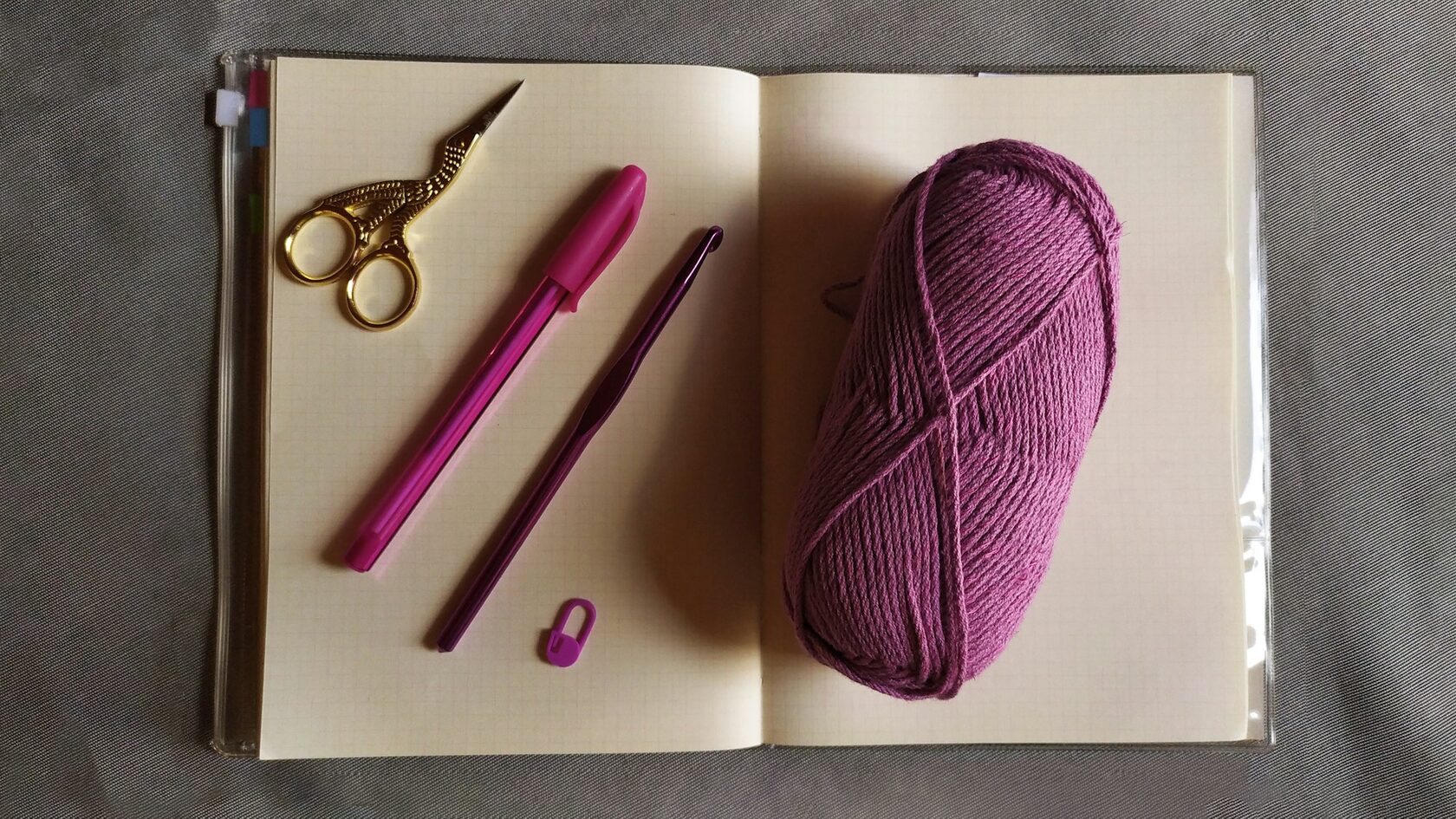Why Are Crochet Patterns and Charts Like Learning a Secret Language? 🤔
Hey there, fellow yarn lovers!
Ever picked up a beautiful crochet pattern, looked at all those words and symbols, and felt like you'd accidentally stumbled into a secret code? You're definitely not alone! While the idea of creating something gorgeous with just a hook and some yarn is super appealing, the path from "skein to stunning" often involves deciphering what can feel like a foreign language.
So, why is it so hard to read crochet patterns and charts, especially when you're just starting out (or even when you're not!)? Let's break it down.
1. Acronyms, Abbreviations, and a Whole Lot of Them!
Imagine trying to read a book where every other word is shortened: "Sc" for single crochet, "Dc" for double crochet, "Sl st" for slip stitch, "Ch" for chain... the list goes on! While these abbreviations are super efficient once you know them, they can be incredibly overwhelming at first. It's like trying to learn a new language by jumping straight into text messaging. You're constantly flipping back to the "dictionary" (or the abbreviation key), which can really slow down your flow and make you feel lost.
2. The "Hidden" Instructions
Sometimes, patterns assume you know certain things. For example, they might say "repeat from * to *" without explicitly reminding you what those stitches are. Or they might give instructions like "turn," and you're left wondering how exactly to turn your work to make sure you're starting the next row correctly. These unspoken rules can be a real head-scratcher!
3. Different Designers, Different Styles
Just like every writer has their own voice, every crochet designer has their own way of writing patterns. Some are incredibly detailed, holding your hand through every single stitch. Others are more concise, expecting you to fill in some of the blanks. This variation means that even if you've mastered one designer's style, another's might feel completely new again. It keeps things interesting, but it also adds to the learning curve!
4. Those Mysterious Crochet Charts! 📈
Ah, charts! They look so beautiful and organized, don't they? A visual representation of your stitches! But then you look closer and see all the little symbols: circles, T's, plus signs, filled-in squares... And which way do you read them? From right to left? Left to right? From the bottom up? Top down? It's like a tiny puzzle that often requires a bit of mental gymnastics to solve.
And yes, there are global standards for symbols (like the Craft Yarn Council's standards), but not everyone uses them consistently, adding another layer of complexity.
5. It's a Spatial Skill!
Reading a pattern isn't just about understanding words; it's about visualizing how those stitches will physically come together to form a 3D object. You're translating flat instructions into a dimensional creation, and that takes practice and a certain amount of spatial reasoning. It's a skill that develops over time, like learning to read a map and then navigating an actual city!
The Good News? Practice Makes Perfect!
The absolute best thing about all of this is that it gets easier! Every pattern you tackle, every chart you decipher, makes the next one a little less daunting. Your brain starts to recognize those abbreviations and symbols automatically, and your hands learn the rhythm of the stitches.
Don't be afraid to:
Highlight your place in a pattern.
Watch videos for confusing stitches or techniques.
Make notes right on your pattern.
So, next time you feel a bit frustrated with a pattern, just remember: you're not just crocheting; you're also learning a fantastic new skill of pattern interpretation! Keep going, and soon those "secret codes" will feel like second nature.
Happy Crocheting! 🧶✨

